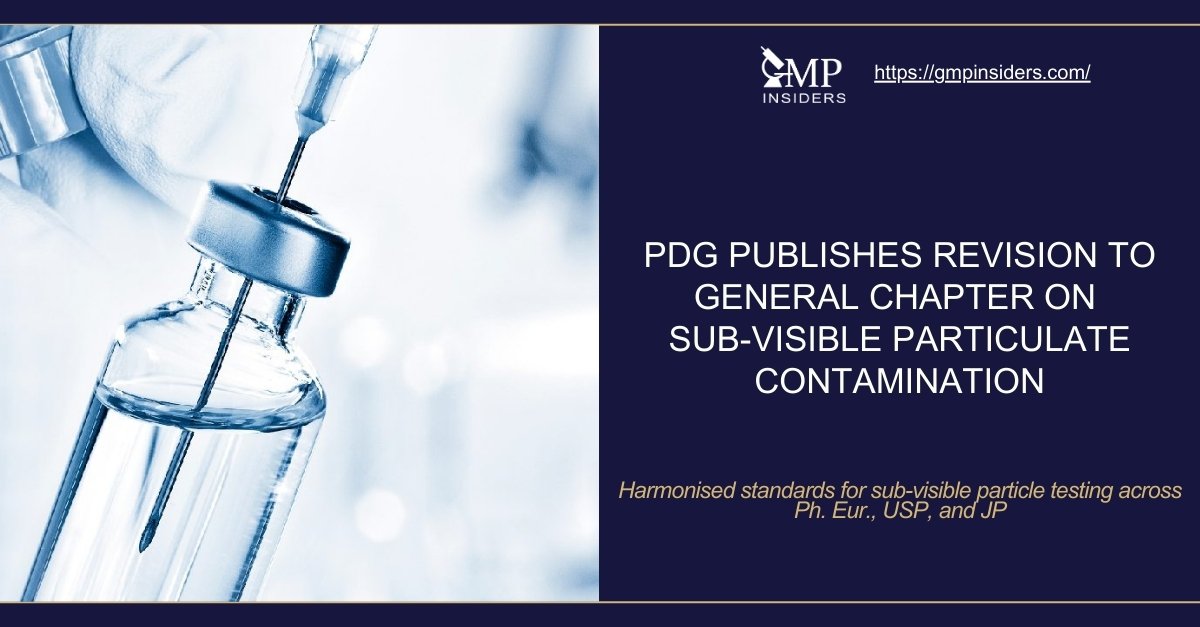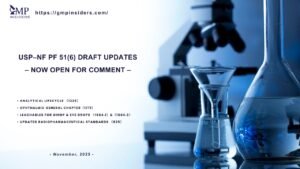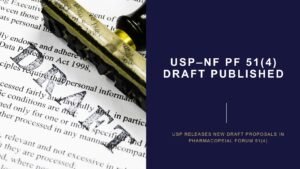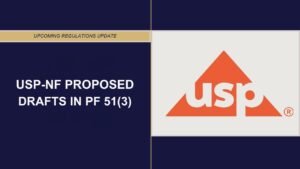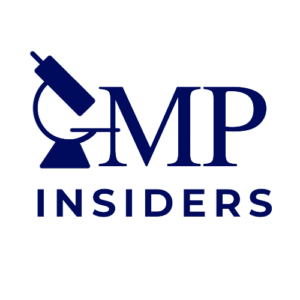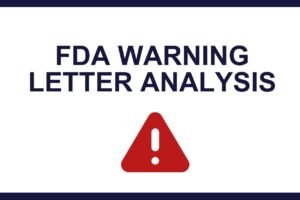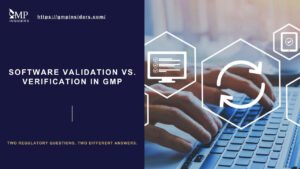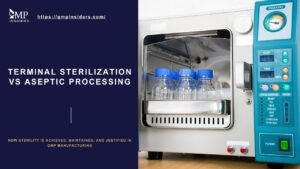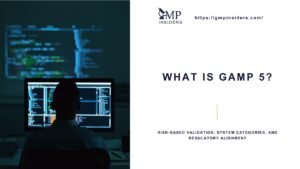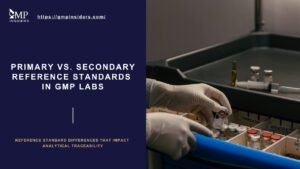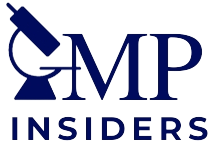The Pharmacopoeial Discussion Group (PDG), which unites the European Pharmacopoeia (Ph. Eur.), United States Pharmacopeia (USP), and Japanese Pharmacopoeia (JP), has announced the sign-off of a major revision to the harmonised general chapter Q09: “Particulate Contamination – Sub-visible Particles.”
This is the first major revision in over 20 years, replacing the long-standing 2004 version, and represents a critical step in strengthening global standards for the detection and control of particulate matter in parenteral medicines.
Why This Revision Matters
Particulate contamination in injectable medicines is among the most closely monitored aspects of parenteral product quality. While visible particles are easy to detect and immediately unacceptable, sub-visible particles, typically ranging between 10 µm and 25 µm, present a subtler but equally serious risk.
Such particles can induce immune reactions, embolic events, or inflammatory responses depending on their size, composition, and quantity.
The growing use of complex formulations such as biologics, liposomes, emulsions, and protein-based therapies further complicates detection, as these products may naturally contain components prone to aggregation or particle formation.
The revised chapter seeks to:
- Clarify testing expectations across product categories.
- Modernise methods in line with advances in analytical technology.
- Establish statistically meaningful approaches to sampling.
- Improve global harmonisation while allowing for local flexibility.
Scope of the Revision
The harmonised text now applies broadly to all parenteral preparations, regardless of their size or intended route of administration. It acknowledges that particulate matter may originate from different sources:
- Extrinsic particles – contaminants introduced during manufacturing or handling (e.g., fibers, dust, cellulose).
- Intrinsic particles – materials from the manufacturing process itself or those generated during instability (e.g., glass delamination, metal residues).
- Inherent particles – elements of the formulation (e.g., protein aggregates in biologics, lipids in emulsions).
By explicitly recognising these categories, the PDG provides a framework that is more scientifically aligned with current understanding of particulate risks.
Harmonised Provisions
The revision maintains two core analytical approaches, both adopted across the Ph. Eur., USP, and JP:
Method 1: Light Obscuration Particle Count Test
- Based on detecting light blockage as particles pass through a sensor.
- Considered the preferred method due to automation, reproducibility, and suitability for most clear liquid preparations.
- Calibrated using certified reference standards (spherical particles ~10 µm and ~25 µm).
Method 2: Microscopic Particle Count Test
- Involves filtering the solution, capturing particles on a membrane, and visually counting them under a microscope.
- Recommended for opaque or viscous products where light obscuration is unsuitable (e.g., emulsions, liposomes, colloids).
- Offers stricter acceptance criteria, reflecting its higher sensitivity.
The chapter stresses that these methods are not interchangeable, each measures different particle characteristics. Selection must be justified, and in some cases, both may be required for complete evaluation.
Technical Enhancements
The 2025 revision introduces several important clarifications and improvements:
- Precautions in Sample Preparation: Enhanced instructions for glassware cleaning, rinsing with particle-free water, preventing bubble formation, and avoiding contamination during transfers.
- Environmental Suitability Checks: Laboratories must verify that testing environments, water, and apparatus are free from interfering particles before performing analyses.
- Dilution Guidance: Viscous or opaque preparations may be diluted with validated particle-free diluents, but the lowest possible dilution must be used to maintain accuracy.
- Sampling Representativeness: Stronger emphasis on statistically sound sampling plans to avoid misleading results from small, unrepresentative sample sizes.
- Numerical Limits: The revised limits vary depending on container size and method used:
- Large-volume parenterals (>100 mL): ≤25 particles ≥10 µm/mL and ≤3 particles ≥25 µm/mL (Light Obscuration).
- Small-volume parenterals (<100 mL): ≤6000 particles ≥10 µm/container and ≤600 particles ≥25 µm/container.
- Microscopic method is more stringent: ≤12 particles ≥10 µm/mL and ≤2 particles ≥25 µm/mL for large volumes; ≤3000 and ≤300 respectively for small volumes.
These thresholds reflect international consensus while leaving scope for stricter product-specific limits based on clinical data and risk assessment.
Comparison of 2004 vs. 2025 Versions
| Aspect | 2004 (Q09 Rev.1) | 2025 (Q09 Rev.2) | Harmonised / Local |
|---|---|---|---|
| Scope | Focused on injectables. | Expanded to all parenterals, incl. biologics and emulsions. | Harmonised |
| Methods | Light Obscuration & Microscopy, less guidance. | Clearer applicability; not interchangeable. | Harmonised |
| Sampling | Basic unit testing. | Statistically sound sampling, guidance on combining units. | Harmonised |
| Limits | Large vol.: ≤25/3 per mL. Small vol.: ≤6000/600 per container. | Same base, but stricter for Microscopy: ≤12/2 per mL (large); ≤3000/300 (small). | Mostly harmonised, JP vs. Ph. Eur./USP differ for 100 mL. |
| Preparation | General rinsing/handling instructions. | Detailed cleaning, particle-free checks, bubble elimination, dilution rules. | Harmonised |
| Special Provisions | Limited coverage. | USP: exemptions (radiopharmaceuticals, irrigations, final filtration). JP: detailed calibration. Ph. Eur.: 100 mL = small-volume limits. | Local differences remain |
| Implementation | 2004 version in force until revised. | Signed off in 2025; adoption via future Ph. Eur., USP, JP editions. | Dependent on each pharmacopoeia. |
Non-Harmonised Provisions
Despite the broad consensus, some pharmacopoeia-specific provisions remain:
- USP includes:
- Exemptions for radiopharmaceuticals, irrigating solutions, and products requiring final filtration before administration.
- Specific instructions for pharmacy bulk packages and dual-compartment containers.
- Use of USP Particle Count RS for system suitability.
- JP provides additional details on apparatus calibration requirements.
- Ph. Eur. differs slightly for 100 mL units, applying small-volume limits (where USP applies large-volume).
These differences reflect national regulatory contexts and underscore the practical challenges of achieving absolute harmonisation.
Implications for Industry
For pharmaceutical manufacturers, the revision brings both opportunities and obligations:
- QC Laboratories: Must adapt SOPs, retrain analysts, and validate equipment in line with the new procedures.
- Method Development Teams: Need to evaluate product-specific challenges, especially for biologics and innovative therapies where aggregation risk is high.
- Regulatory Affairs: Applications and post-approval changes must now reference the revised standards. Sponsors may also face requests for product-specific tighter limits if justified by safety data.
- Risk Management: Companies must integrate the updated criteria into Contamination Control Strategies (CCS), ensuring monitoring and trending of particulate matter across the product lifecycle.
Ultimately, this revision provides a more robust framework that reduces uncertainty in testing and enhances patient safety, while still allowing regulatory authorities the flexibility to impose stricter limits where warranted.
Next Steps
The revised chapter (Q09, Revision 2) will be incorporated into future editions of the Ph. Eur., JP, and USP. Each authority will define its own implementation timeline and transition periods.
For global manufacturers, this revision simplifies compliance by aligning core expectations across three major pharmacopoeias. However, careful attention must still be paid to local deviations, particularly in USP exemptions and JP calibration requirements.
Conclusion
The PDG’s revision of Q09 marks a landmark update in global pharmacopoeial standards. By clarifying methods, modernising procedures, and harmonising acceptance criteria, it strengthens the quality framework for injectable medicines at a time when complex biologics, advanced formulations, and global supply chains increasingly dominate the pharmaceutical landscape.
For industry, the message is clear: particulate testing strategies must be re-evaluated, risk-based, and fully aligned with the updated pharmacopoeial framework.

